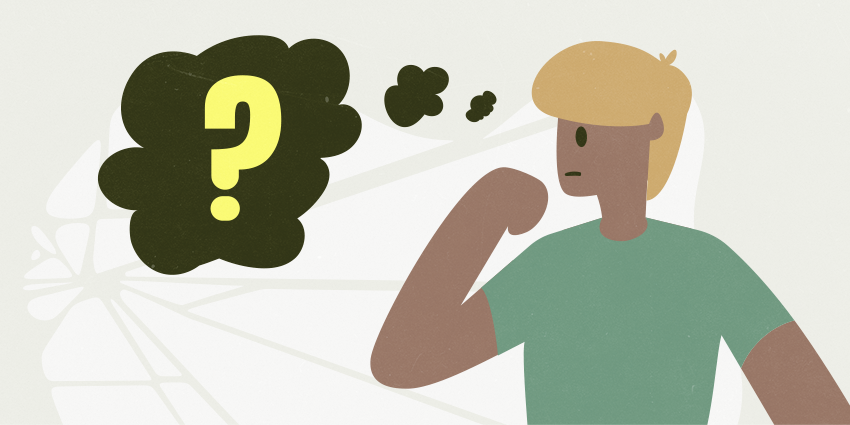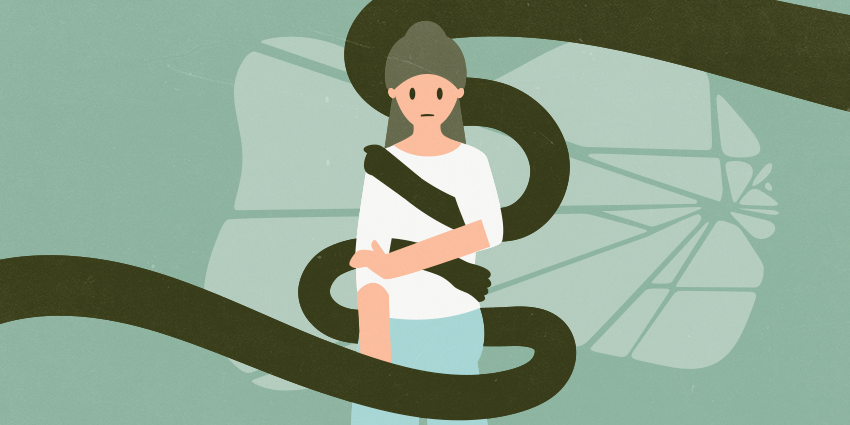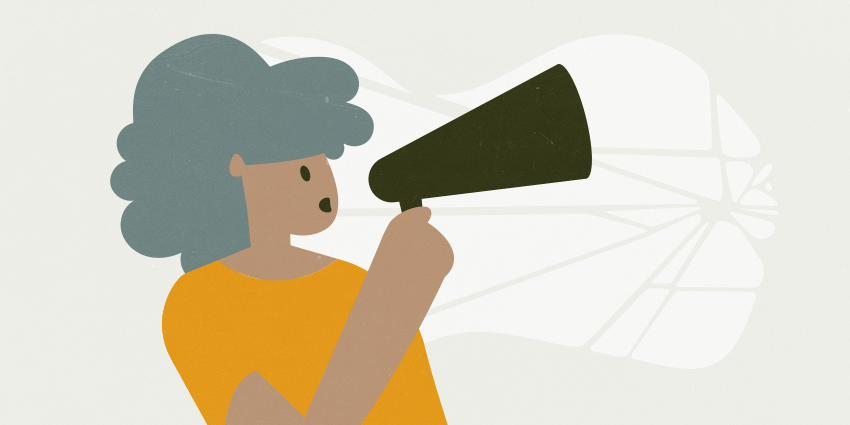To find services or supports you are comfortable with, please visit the helplines and support services page – use a friend’s phone if you think yours is being monitored.
Family and domestic violence is a widespread issue impacting individuals and families across Western Australia. It’s not just a private matter that happens behind closed doors. Its effects ripple through entire communities. It does not have to be physical, to be family and domestic violence.
Violence, even when it is not physical, is never okay, and everyone has a right to feel safe. Family and domestic violence can impact anyone. Whether we’re checking our own behaviours, starting open conversations with our friends and family, or supporting someone experiencing family and domestic violence, we can all play a part in making a difference.
An important step toward ending family and domestic violence is building a better understanding of what it is, how it affects people, and the harm it can cause.
Ending family and domestic violence in our community
Family, domestic and sexual violence occurs across all ages, genders, and backgrounds. However, data shows that it disproportionately affects women and children.
Violence against women starts with disrespectful behaviour. Our beliefs and attitudes are often shaped at a young age. When we witness and excuse disrespect, including online and on social media, we are sending a message that the behaviour is acceptable. Children and young people might see it as a normal part of relationships and repeat it, which can influence their own children and continue the cycle of violence.
That’s why, when it comes to disrespect and gender inequality, it is so important we stop it at the start.
When we are positive role models for children and young people, we reinforce that disrespect is never okay. To help end the cycle of violence, we all need to take action to increase awareness of family and domestic violence and reject disrespectful behaviour.
Link between gender inequality and violence
Gender inequality is when one gender or sex is consistently favoured or given priority over another. They may receive more opportunities, or have more control, power and rights.
Those who deny gender inequality is a problem and promote rigid gender roles, stereotypes and expressions are more likely to have an attitude that supports violence against women (The National Community Attitudes towards Violence against Women and Gender Equality Survey 2017).
Men aged 18-30 who identify with rigid stereotypes of masculinity are 17 times more likely to say they have hit a partner. These stereotypes include that men should be tough, aggressive and in control.
Gender inequality increases the chances of the violence against women happening. The four main drivers of this are:
- Excusing, justifying or downplaying violence against women: “boys will be boys," shifting the blame onto the victim, perpetrator - “It’s her fault for winding him up," "she’s hard to deal with," and excusing the perpetrator, “he’s really stressed out right now."
- Unequal decision-making power: violence happens more often in relationships where men control all decisions, leaving women with less independence and sense of self. This sends the message that women are less deserving of respect, increasing the likelihood of violence against them.
- Strict gender roles and stereotyping: endorsing and promoting behaviours to be tied to being male or female. For example, the idea that men should always be strong and dominant, while women should be nurturing and submissive. This can contribute to harmful attitudes that excuse or justify violence against women.
- Male peer relationships and toxic masculinity: male friendships are very important for support and comfort. But if these friendships and interactions encourage being aggressive, controlling or bragging about sexual achievements it can lead to increased levels of violence against women.
Ending family and domestic violence is everybody’s business. Creating a safer and inclusive community requires a collective effort to reject violence and inequality in Western Australia.
This involves acknowledging the gendered aspects and realities of violence. By shifting attitudes, we can ensure greater safety and freedom for all women, gender-diverse people, and men.
How you can take a stand against violence
Everyone has the power to make a difference, and you can play an important role in preventing family and domestic violence. Here are some ways you can help take a stand against violence.
Educate yourself and others
Learning more about family and domestic violence, its impacts and the resources available can help you become better equipped to check your own behaviours, help others and advocate for change.
Family and domestic violence comes in many different forms. It doesn't have to be physical, and it often involves coercive control. Recognising the signs, whether subtle or obvious, can help you offer support and create opportunities to have open conversations with your friends and family.
When you understand family and domestic violence, you can talk to your friends and family about behaviours that are not ok. This is a step toward influencing the way our community thinks about and responds to violence. It can help reduce family and domestic violence by promoting healthy and respectful relationships.
Find social media resources, posters and other information to help increase awareness about coercive control.
Start a conversation safely if you’re worried about someone’s behaviour
Talking about family and domestic violence is an important way to help, especially if you’re worried about how someone is treating their partner or family.
Standing up for actions you feel are wrong is a step in the right direction towards reducing family and domestic violence.
A chat you have with a mate or family member if you are worried about how they’re treating someone, could be the chat that encourages that person to talk to a professional, and take steps toward changing their behaviour.
That’s why instead of calling someone out, let’s try to involve others and calling men in to be part of the solution.
Here are some ways to begin the conversation with someone behaving abusively:
- Choose a safe location: by being away from other people you can avoid interruptions and others overhearing your conversation.
- Choose a suitable time: when the person is calm and you feel it is safe for you to raise the subject.
- Be non-confrontational: show them that you want to understand their actions and reasoning. Try asking “what did you mean by that?” or “why do you think that?” Start an open conversation and educate them rather than criticising them.
- Give them clear examples of behaviour you’re concerned about: this helps them to understand what you’ve seen and why you’re worried about their actions.
- Listen to them, without using judgemental language: if they deny, defend or deflect from their abusive behaviour, continue to listen but remain firm on what the behaviour is you have seen, and that it looks like abusive behaviour.
- Give them support options: for them to change their behaviour, they need to know they have support. Let them know that you’re there to help them through the process, that you care, and that there are confidential and anonymous services available like the Men’s Domestic Violence Helpline, Mensline and the Men’s Referral Service.
Another resource available is the White Ribbon Australia’s Barber Shop. This offers practical guides and information for men and boys who want to help prevent violence.
It’s important to prioritise safety for yourself and others when you witness violence and intervene safely.
- In an emergency, call the police at 000.
- Be a witness by staying nearby but at a safe distance, so the aggressor knows they are being observed.
- Seek assistance from those around you.
Stop it at the start
Children develop their beliefs from their surroundings and what they experience at school, with friends, within their families, and through media exposure, including social media.
It’s important to let your kids and young people in your life know that disrespectful behaviour is not okay, and violence is never acceptable. Let them know:
- Disrespectful behaviours and attitudes are not OK and how we speak to one another is important.
- Everyone deserves to be treated with respect.
- How their actions affect others and to consider the situation through someone else’s eyes.
- What they’re feeling (frustration, embarrassment, guilt, anger) is normal.
- They are not to blame for other people’s behaviour and they do not need to put up with it.
- They can always come to you if they ever want to talk or if they feel unsure.
Visit Respect.gov.au to find resources including a conversation guide to help you have conversations with young people about respect.
Challenge condoning of violence
People who condone or tolerate violence might not realise they are doing so. It might sound like:
- Playing down disrespect: “he picks on you because he likes you,” or “lighten up, it’s just a joke."
- Accepting aggression as just part of being a boy: “he’s just going through a phase,” or “give him a break. It’s tough being a boy."
- Blaming women and girls: “it takes two to tango,” or “she probably provoked him."
- Excusing the violence: “it’s not his fault, he gets like that when he’s drunk,” or “he must’ve been stressed."
Find out more about the hidden meanings of common expressions that can excuse disrespectful behaviour using the Excuse Interpreter.
It can feel uncomfortable to call out sexist, disrespectful or abusive behaviour in a social setting. However, by speaking up against violence, we challenge harmful behaviour, encourage accountability and promote respect. This helps create a safer and more inclusive environment where everyone feels comfortable and empowered to stand up for themselves and others.
Here are some ways you can challenge disrespectful behaviour or language:
- Try asking: ‘What makes you say that?’ ‘What do you mean by that?’ ‘I don’t see what’s funny?’
- Speak up about the behaviour: “that was a bit out of line”, “OK, that’s enough. Let’s talk about something else.”
- Even by saying nothing, or not laughing you are sending a message that the language is not OK.
- Reach out to the person the language or behaviour is directed to separately to see if they are OK by asking, "Are you OK? I heard what was said and that was uncalled for.” You will let them know you see what they have experienced, and it is not OK.
You can also play your part by role modelling respectful behaviour. Standing up against disrespectful behaviour and family and domestic violence is something we all have a responsibility to do.






